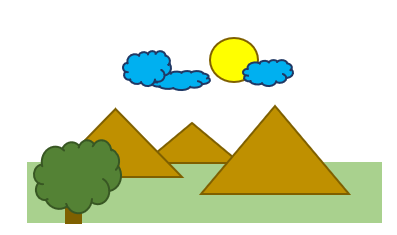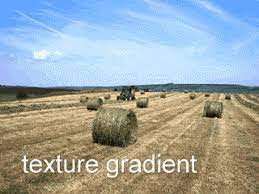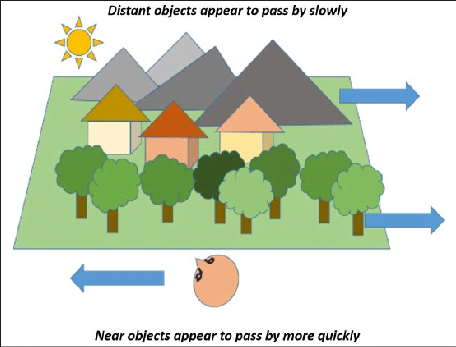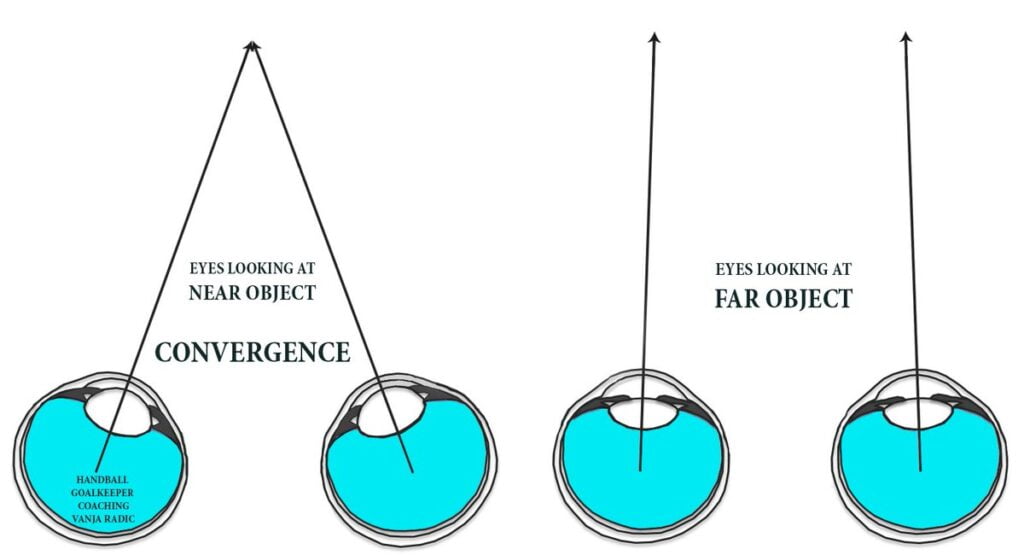Introduction
Depth perception, also called distance perception, is a fundamental aspect of human perception that refers to the ability to perceive and understand the spatial relationships and distances between objects in three-dimensional space. It allows us to navigate our environment, accurately judge distances, and interact with objects in a coordinated manner. Depth perception is a complex process that involves the integration of visual cues, neural processing, and cognitive interpretation. In this article, we will delve into the fascinating field of depth perception in psychology, exploring its underlying mechanisms, developmental aspects, and its significance in everyday life.
Cues of Depth Perception
In psychology, cues of depth perception are visual cues that provide information about the relative distances and spatial relationships between objects in three-dimensional space. These cues help us perceive depth and create a sense of the three-dimensional world around us. There are two main categories of depth cues: monocular cues and binocular cues. Let’s explore each category in more detail:
Monocular Cues:
Interposition: When one object partially blocks another, the blocked object is perceived as being farther away.

Relative Size: Objects that appear smaller are often perceived as being farther away.

Linear Perspective: Parallel lines appear to converge as they recede into the distance, providing a sense of depth.

Texture Gradient: As a texture becomes finer or less detailed in the distance, it suggests increasing depth.

Motion Parallax: As we move, objects that are closer to us appear to move faster than objects that are farther away, providing depth information.

Binocular Cues:
Retinal Disparity: Each eye sees a slightly different view of the world, and the brain uses the disparity between the two retinal images to calculate depth.

Convergence: The degree to which the eyes converge (turn inward) provides information about the depth and distance of objects.

These cues work together to provide a comprehensive perception of depth. Monocular cues are available to each eye individually and can be useful even when viewing a scene with one eye closed. Binocular cues, on the other hand, rely on the slight differences in the images captured by both eyes to create a sense of depth.
It is important to note that depth cues can be influenced by contextual factors, prior experiences, and individual differences. Moreover, depth perception is not solely determined by these cues but also involves the integration of sensory information, cognitive processing, and past learning. By utilizing these depth cues, our visual system constructs a three-dimensional representation of the world, allowing us to accurately judge distances, perceive spatial relationships, and navigate our environment with precision. Understanding the cues of depth perception in psychology helps researchers and practitioners gain insights into how we perceive and interact with the physical world around us.
The Role of Development in Depth Perception
Depth perception is not fully developed at birth but gradually matures over time. Infants start to exhibit depth perception abilities as early as a few months old, as their visual system and brain develop. Depth cues such as motion parallax and pictorial cues become increasingly refined as infants gain experience and learn to interpret visual information accurately. The development of binocular cues, such as stereopsis, which is the ability to perceive depth based on binocular disparity, occurs during early childhood and continues into adolescence.
Depth Perception and Visual Illusions
Depth perception is not infallible, and various factors can influence our perception, leading to visual illusions. Illusions such as the Ponzo illusion, Müller-Lyer illusion, and Ames room illusion exploit depth cues to create distortions in our perception of size, shape, and spatial relationships. These illusions highlight the complex nature of depth perception and the intricate interplay between visual cues, cognitive processes, and contextual factors that can influence our perception.
Depth Perception and Perceptual Disorders
Certain perceptual disorders and visual impairments can impact depth perception. Conditions like amblyopia (lazy eye), strabismus (crossed eyes), and stereoblindness can affect the ability to integrate binocular depth cues, resulting in reduced or altered depth perception. Individuals with these conditions often rely more heavily on monocular cues or other compensatory strategies to navigate their environment.
The Practical Significance of Depth Perception Depth perception plays a crucial role in various aspects of our daily lives. It enables us to accurately judge distances, navigate through space, and interact with objects. Depth perception is particularly important in activities such as driving, sports, and occupations that require precise hand-eye coordination. Moreover, depth perception contributes to our sense of balance and spatial orientation, helping us avoid obstacles and maintain stability.
Terrific Intro, hope can learn something from this indepth ocean of knowledge. Not have much knowledge about AI but description with simplier wording might be very much beneficial for the beginner like me.
Thank you for your opinion. I’ll remember it next time I post something.